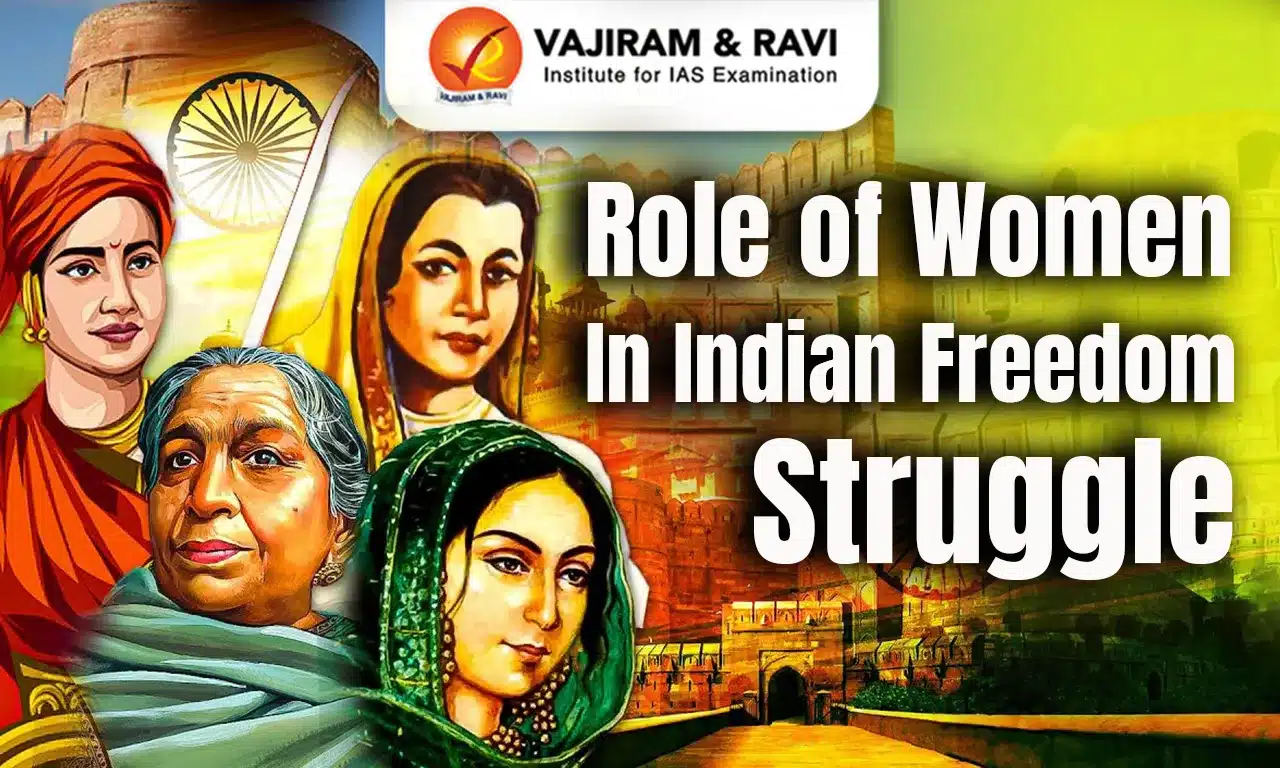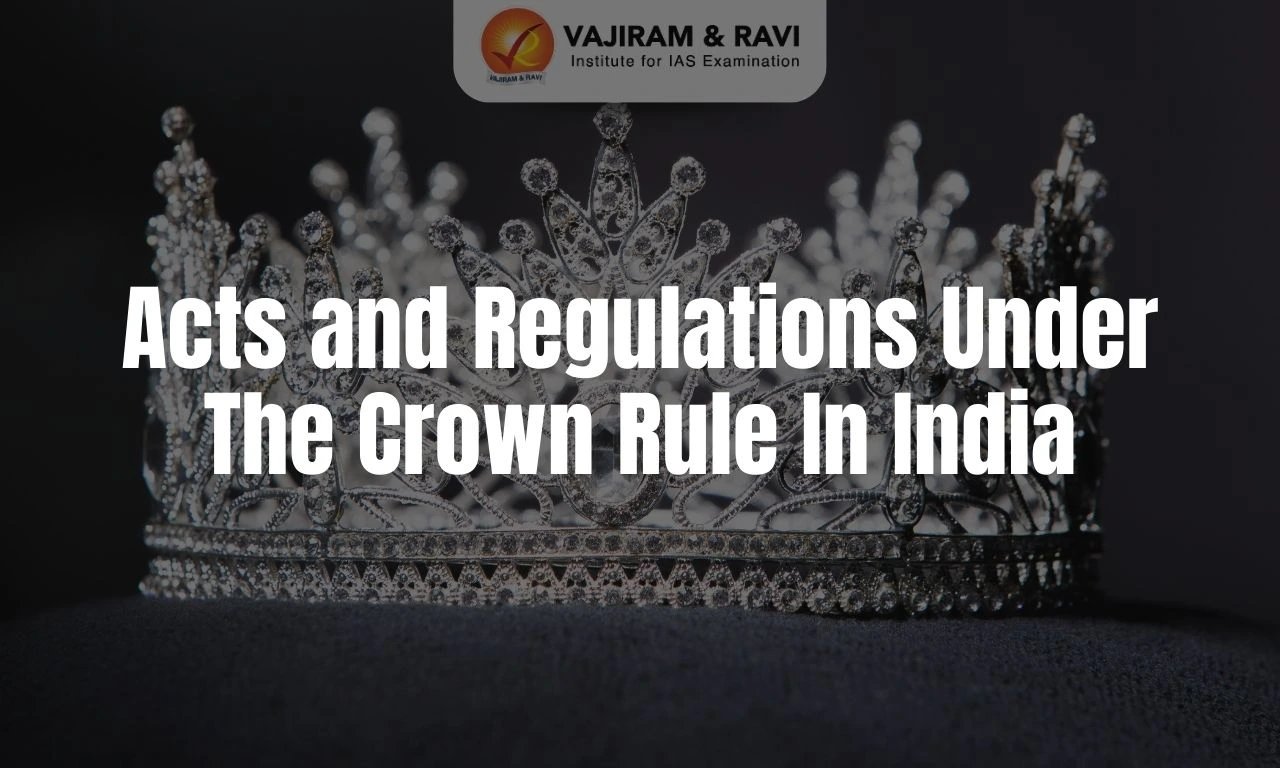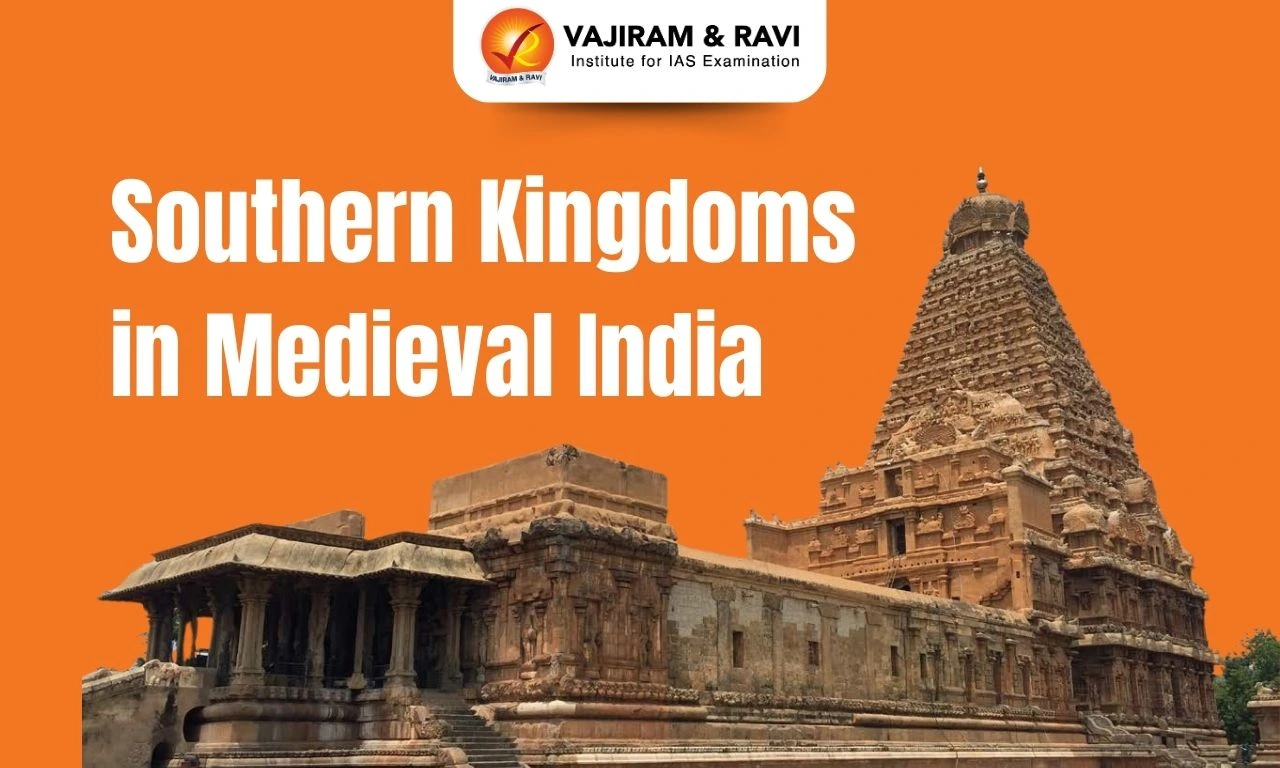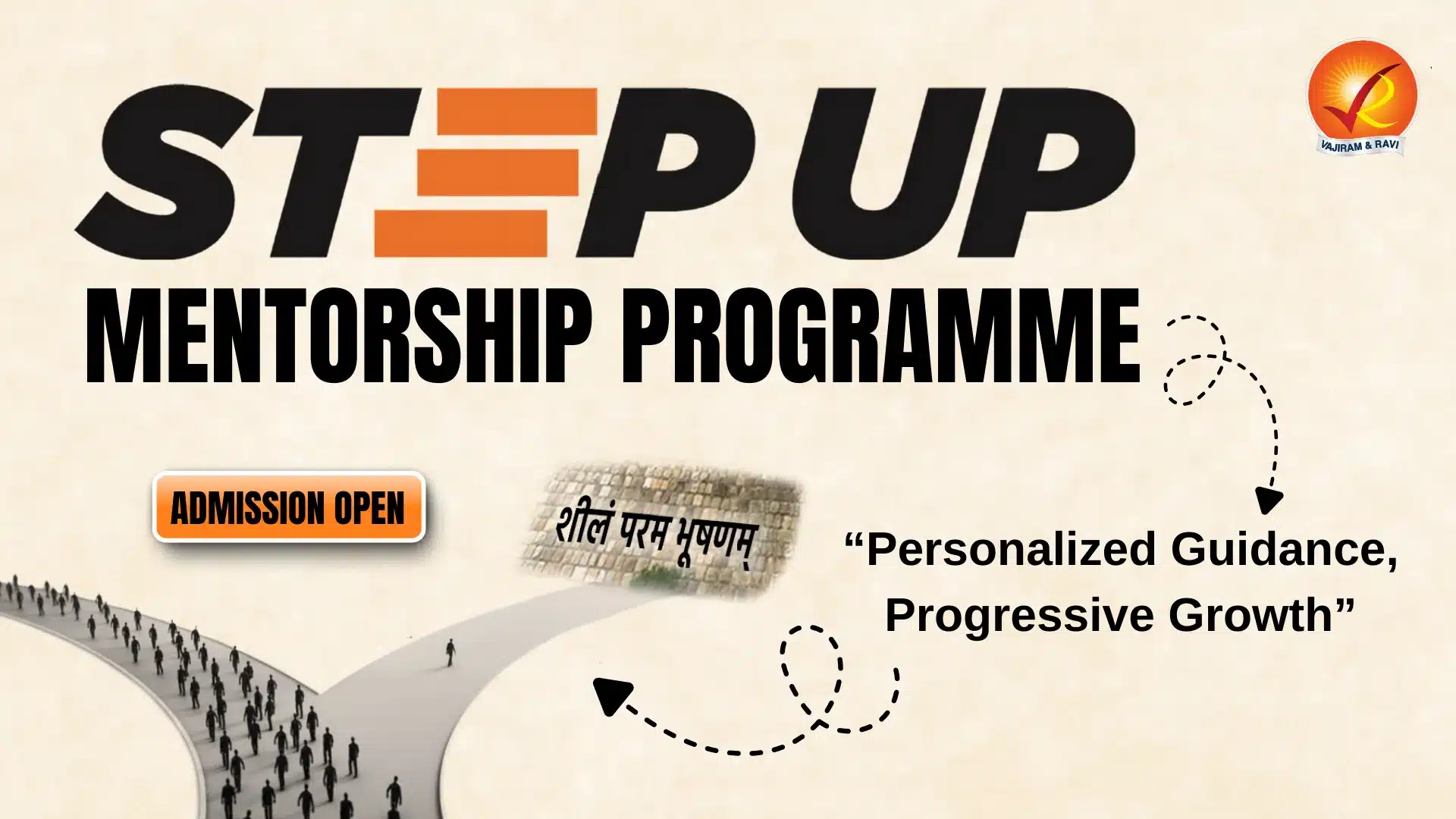The role of women in the Indian Freedom Struggle was crucial in shaping the nation’s fight for independence. Throughout this turbulent journey, women displayed immense courage, determination, and patriotism. They took on various roles, from mobilizing the masses and leading processions to organizing protests and supporting underground movements, thus contributing significantly to the struggle and inspiring others to join the cause.
Moreover, women’s involvement was not only instrumental in advancing the independence movement but also in redefining gender roles and societal norms. Women from divеrsе rеgions, backgrounds, and walks of life united under the banner of freedom, leaving a lasting impact on India’s history and changing the social fabric for future generations.
Role of Women in Indian Freedom Struggle
Women played a significant role in the Indian freedom struggle, participating in large numbers and making notable contributions at both regional and national levels. Leaders like Sarojini Naidu, Vijayalakshmi Pandit, Kamaladevi Chattopadhyay, and Mridula Sarabhai emerged as key figures. Provincial leaders such as Annie Mascarene and A.V. Kuttimaluamma in Kerala, Durgabai Deshmukh in Madras Presidency, and Rameshwari Nehru in Uttar Pradesh also played influential roles.
Additionally, Irish women like Annie Besant and Margaret Cousins contributed their experiences of British exploitation, further enriching the movement’s efforts against imperialism. These women collectively shaped the nationalist struggle and India’s path to independence.
Role of Women in Indian Freedom Struggle Characteristics
The role of women in India's freedom struggle was both significant and transformative, reflecting their active and widespread involvement in the fight against British rule. Women from diverse regions, religions, and social backgrounds united to contribute to the independence movement, showcasing remarkable resilience and patriotism. Their role in the Indian nationalist movement is characterized by the following aspects:
- Upper-Class Initiative: Elite nationalist women set a precedent for the participation of middle-class women in the nationalist movement. It made Congress leaders realize the importance of women's contribution and involvement in the movement.
- Gandhi Factor: Mahatma Gandhi played a crucial role in assuring and encouraging women's participation and gained the support of women's guardians. Non-violence was seen as a factor that facilitated women's equal participation, as they possessed qualities like tolerance, courage, and capacity for suffering.
- Initially, the Indian National Congress and Gandhi encouraged only symbolic participation of women, wanting them to focus on homemaking roles rather than hold positions of authority.
- Limitеd focus on Womеn’s Issuеs: Whilе womеn wеrе activеly involvеd in thе frееdom strugglе, discussions about womеn's issues primarily rеvolvеd around limitеd rеforms likе voting rights, еducation, propеrty rights, and lеgal еquality.
- Thеsе rеforms wеrе important but oftеn failеd to addrеss thе dееpеr issues of womеn's subordination within familiеs and sociеty.
- Represents Unity in Diversity: Women like Rani Lakshmibai, Begum Hazrat Mahal, and Kittur Rani Chennamma symbolized India's regional diversity in actively resisting British rule with unique strategies.
- Kasturba Gandhi, closely linked to Mahatma Gandhi, represented the unity of women across regions, participating in nationwide movements like the Salt Satyagraha.
Role of Women in Indian Freedom Struggle Significance
The role of women in the Indian freedom struggle holds immense significance as it not only strengthened the nationalist movement but also reshaped societal norms. Their active participation broke barriers, united diverse communities, and contributed to the broader fight for equality and empowerment.
- Fostering Unity Through "Bharat Mata": Women’s involvement, symbolized by the concept of "Bharat Mata," fostered unity and strengthened nationalist sentiments against colonial rule.
- Driving Resistance Movements: Women were instrumental in resistance activities such as boycotting foreign-made cloth and picketing, enhancing the movement’s effectiveness.
- Promoting Leadership and Inclusion: Educated women took leadership roles, creating a space for others to step into public life and contribute actively.
- Empowerment and Social Transformation: Women’s participation helped them transition from domestic roles to governance and professional life, challenging traditional norms.
- Foundation for Gender Equality: Their contributions to the independence struggle left a lasting legacy, advancing the cause of gender equality in independent India.
Women's Participation in National Movement
Women’s participation in the national movement marked a significant shift, as their qualities of patience, resilience, and moral courage became integral to the fight for independence. Mahatma Gandhi acknowledged these strengths and encouraged women to engage in satyagraha campaigns, thereby amplifying their role in India’s freedom struggle.
- Non-Cooperation Movement (1920): Women activеly participated in boycotting British goods and institutions, including schools and collеgеs.
- Thеy organizеd and joinеd protеst marchеs and dеmonstrations, еmphasizing non-violеncе as advocatеd by Mahatma Gandhi.
- They even went to jail for the first time during this movement.
- Salt Satyagraha (1930): Women like Sarojini Naidu and Kamala Nehru providеd crucial lеadеrship, walkеd alongsidе Mahatma Gandhi in thе historic Salt March, and activеly pickеtеd salt works and shops, disrupting thе British salt monopoly and symbolizing rеsistancе.
- However, Mahatma Gandhi initially opposed women participating in the Salt Satyagraha movement. Sarojini Naidu had to convince him to allow women to join the Salt Satyagraha.
- Quit India Movеmеnt (1942): Womеn activеly еngagеd in protеsts, organizеd mass ralliеs, sprеad thе movеmеnt's mеssagе, еndurеd arrеsts and imprisonmеnt, and thеir organisations passеd rеsolutions, all dеmonstrating thеir unwavеring commitmеnt to еnding British rulе and achiеving indеpеndеncе.
- Sustaining the Movement: Women took on the responsibility of keeping the movement alive after the arrest of male leaders.
- Participation in Protests: They actively participated in meetings, processions, picketing, and the production and sale of salt.
- Civil Disobedience: Women’s involvement in civil disobedience was met with enthusiasm, despite facing unexpected arrests.
- Role in Quit India Movement: Women played a larger role, evading arrest and keeping the movement active while major leaders were imprisoned.
- Underground Activities: Women engaged in producing pamphlets, circulating underground literature, and running the Congress radio.
- Regional Activism: Women's processions and activism were noted in places like Bannu, Meerut, Assam, Sagar, Wardha, and the Madras Presidency.
List of Prominent Women Freedom Fighters
There were several prominent Women freedom fighters in India. A few of the important women freedom fighters were:
Annie Besant (1847-1933)
Annie Besant was a passionate supporter of Irish and Indian Home Rule. She embraced Theosophy after being influenced by Madame Blavatsky and, in 1916, founded the All India Home Rule League, demanding complete independence for India. Besant also played a key role in education, co-founding Banaras Hindu University and numerous other institutions across India.
Bhikaji Cama (1861-1936):
Bhikaji Cama was a prominent freedom fighter and one of the first to hoist the Indian flag in Germany in 1907. She played an active role in the Indian freedom movement and co-founded the Paris Indian Society. Cama also made significant literary contributions, including works like ‘Bande Mataram’ and ‘Madan’s Talwar.’
Matangini Hazra (1870-1942)
Matangini Hazra, inspired by Mahatma Gandhi, was known as "Gandhi Buri" and actively participated in the Non-Cooperation and Civil Disobedience movements. She was arrested during the Salt Satyagraha and remains a symbol of courage in the Indian independence struggle.
Sarojini Naidu (1879-1949)
Sarojini Naidu, called the 'Nightingale of India', was a key figure in the Home Rule movement, Civil Disobedience, and Quit India movements. She became the first woman President of the Indian National Congress in 1925 and later served as the Governor of the United Provinces in independent India, advocating for women's rights and social reform.
Ramadevi Chaudhary (1899-1985)
Ramadevi Chaudhary, influenced by Mahatma Gandhi, played an active role in the Salt Satyagraha of 1930 in Odisha, mobilizing women for the freedom struggle. She was also involved in the Harijan Sewa Sangh and founded an Ashram named Sewaghar, furthering Gandhi's ideals of service.
Vijaya Lakshmi Pandit (1900-1990)
Vijaya Lakshmi Pandit became the first woman to hold a cabinet position in 1937 and later the first woman President of the United Nations General Assembly. She was active in the Quit India, Civil Disobedience, and Non-Cooperation movements and championed women's rights through the All-India Women's Conference.
Kamaladevi Chattopadhyay (1903-1988)
Kamaladevi Chattopadhyay was a social reformer and freedom fighter who co-founded the Congress Socialist Party in 1936. She worked for women's rights, advocated for social reforms like the Child Marriage Restraint Bill, and participated in key movements such as Salt Satyagraha and the Civil Disobedience Movement.
Sucheta Kriplani (1908-1974)
Sucheta Kriplani founded the All India Mahila Congress in 1940, advocating for women's rights. She played a key role during the Partition riots and was one of the first women to participate in the drafting of India's Constitution. She later became the first woman Chief Minister of Uttar Pradesh.
Aruna Asif Ali (1909-1996)
Aruna Asif Ali was a key figure in the Indian Independence Movement, particularly known for hoisting the Indian flag at Gowalia Tank during the Quit India Movement in 1942. She was recognized as the 'Grand Old Lady' for her activism and contributions to India's freedom struggle.
Bina Das (1911-1986)
Bina Das, a member of the Chhatri Sangha, attempted to assassinate Bengal Governor Stanley Jackson in 1932. She later joined the Congress party and played an active role in the Quit India Movement, known for her revolutionary spirit in India's independence struggle.
Pritilata Waddedar (1911-1932)
Pritilata Waddedar was a revolutionary who led an armed attack on the Pahartali European Club in 1932. After setting fire to the club, she consumed cyanide to evade British capture, becoming a martyr in the fight for Indian independence.
Kalpana Dutt (1913-1995)
Kalpana Dutt was a revolutionary involved in the Chittagong Armoury Loot of 1930. Inspired by Khudiram Bose’s martyrdom, she joined the Chhatri Sangha and actively participated in the struggle for India's independence, facing imprisonment for her efforts.
Lakshmi Sehgal (1914-2012)
Lakshmi Sehgal, Captain of the Rani of Jhansi Regiment in the Indian National Army, played a crucial role in recruiting women soldiers for Azad Hind Fauz. She was also part of the Red Fort Trials and contributed significantly to India's fight for independence.
Rani Gaidinliu (1915-1993)
Rani Gaidinliu, a leader of the Heraka movement, led an armed uprising against British rule in Manipur, Nagaland, and Assam. She was only 13 when she joined the movement, which aimed at reviving Naga tribal religion and achieving self-rule.
Usha Mehta (1920-2000)
Usha Mehta, at the age of 8, participated in protests against the Simon Commission. In 1942, she and her associates launched the Secret Congress Radio, which played a pivotal role in spreading messages of India's freedom movement during the Quit India Movement.
Kanaklata Barua (1924-1942)
Kanaklata Barua was one of the youngest martyrs of the Quit India Movement. At just 17, she led a procession to unfurl the Indian flag at Gohpur police station, Assam, where she was tragically shot dead while courageously pursuing the cause of independence.
Women’s active involvement in protests, grassroots efforts, and civil disobedience greatly strengthened the freedom movement. Despite progress, gender equality challenges persisted before and after independence, highlighting the need for societal transformation alongside political change. Women's participation showcased the intertwined struggles for liberation and reform, challenging patriarchal norms and structural imbalances.
Role of Women In Indian Freedom Struggle UPSC PYQs
Question 1: Discuss the role of women in the freedom struggle especially during the Gandhian phase. (UPSC Mains 2016)
Question 2: Annie Besant was (UPSC Prelims 2013)
- responsible for starting the Home Rule Movement
- the founder of the Theosophical Society
- once the President of the Indian National Congress
Select the correct statement/statements using the codes given below.
- 1 only
- 2 and 3 only
- 1 and 3 only
- 1, 2 and 3
Answer: (c)
| Other Related Posts | |
| Freedom Fighters of India | Role of Working class in the National Movement |
| Role Of Women in Freedom Struggle | Role of Indian capitalists in Freedom Struggle |
Last updated on December, 2025
→ Check out the latest UPSC Syllabus 2026 here.
→ Join Vajiram & Ravi’s Interview Guidance Programme for expert help to crack your final UPSC stage.
→ UPSC Mains Result 2025 is now out.
→ UPSC Notification 2026 is scheduled to be released on January 14, 2026.
→ UPSC Calendar 2026 is released on 15th May, 2025.
→ The UPSC Vacancy 2025 were released 1129, out of which 979 were for UPSC CSE and remaining 150 are for UPSC IFoS.
→ UPSC Prelims 2026 will be conducted on 24th May, 2026 & UPSC Mains 2026 will be conducted on 21st August 2026.
→ The UPSC Selection Process is of 3 stages-Prelims, Mains and Interview.
→ UPSC Result 2024 is released with latest UPSC Marksheet 2024. Check Now!
→ UPSC Prelims Result 2025 is out now for the CSE held on 25 May 2025.
→ UPSC Toppers List 2024 is released now. Shakti Dubey is UPSC AIR 1 2024 Topper.
→ UPSC Prelims Question Paper 2025 and Unofficial Prelims Answer Key 2025 are available now.
→ UPSC Mains Question Paper 2025 is out for Essay, GS 1, 2, 3 & GS 4.
→ UPSC Mains Indian Language Question Paper 2025 is now out.
→ UPSC Mains Optional Question Paper 2025 is now out.
→ Also check Best IAS Coaching in Delhi
Role of Women In Indian Freedom Struggle FAQs
Q1. Who was the first woman to hoist the Indian flag in Germany?+
Q2. Which woman is known as the 'Nightingale of India'?+
Q3. Who was the first female cabinet minister in independent India?+
Q4. How did women contribute to the Salt Satyagraha?+
Q5. Who was called "Gandhi Buri"?+

















